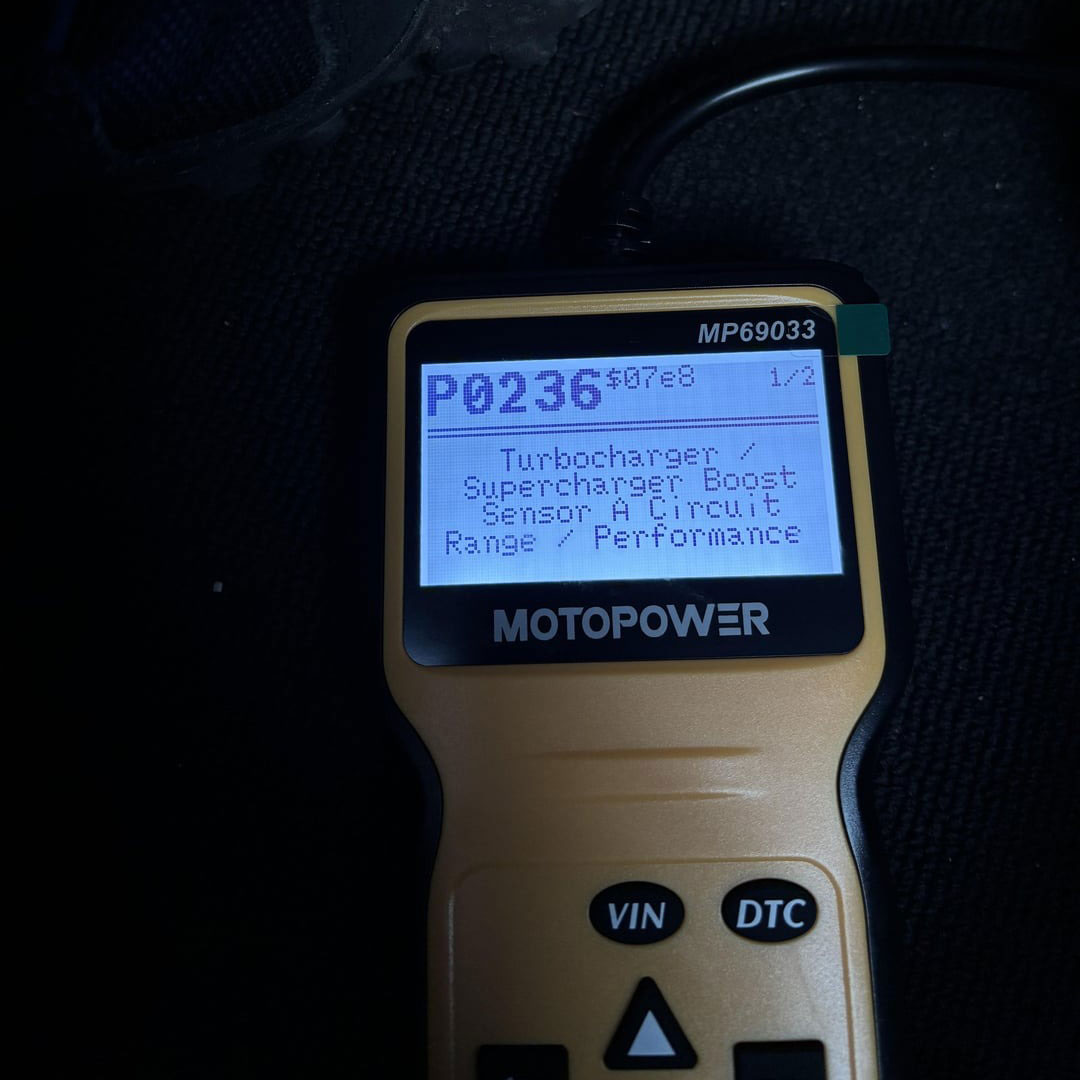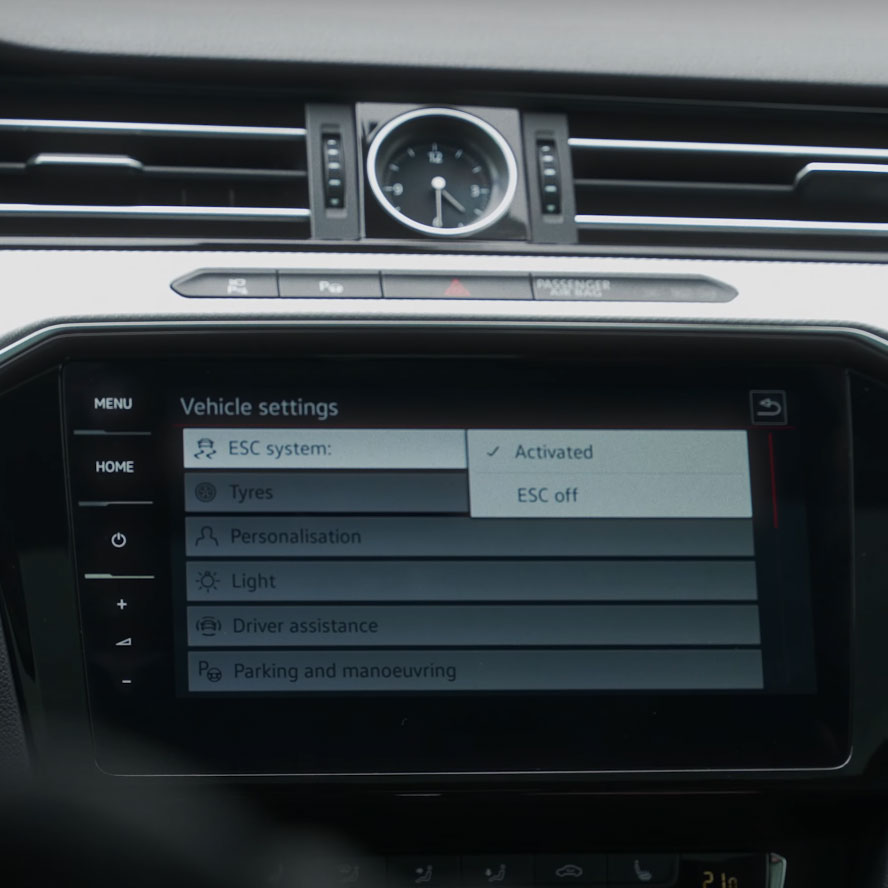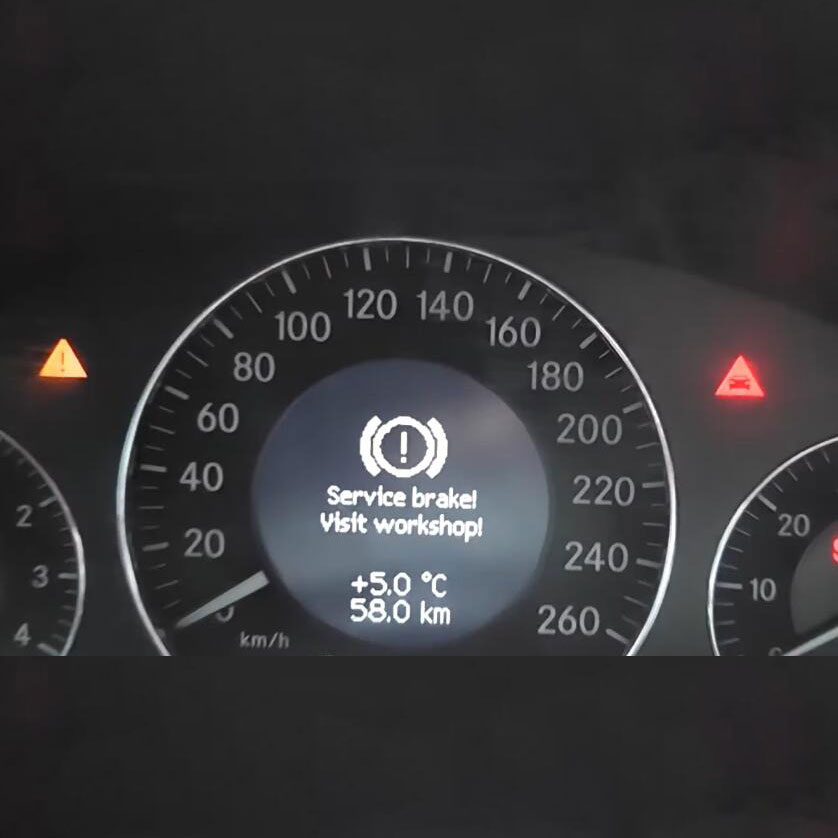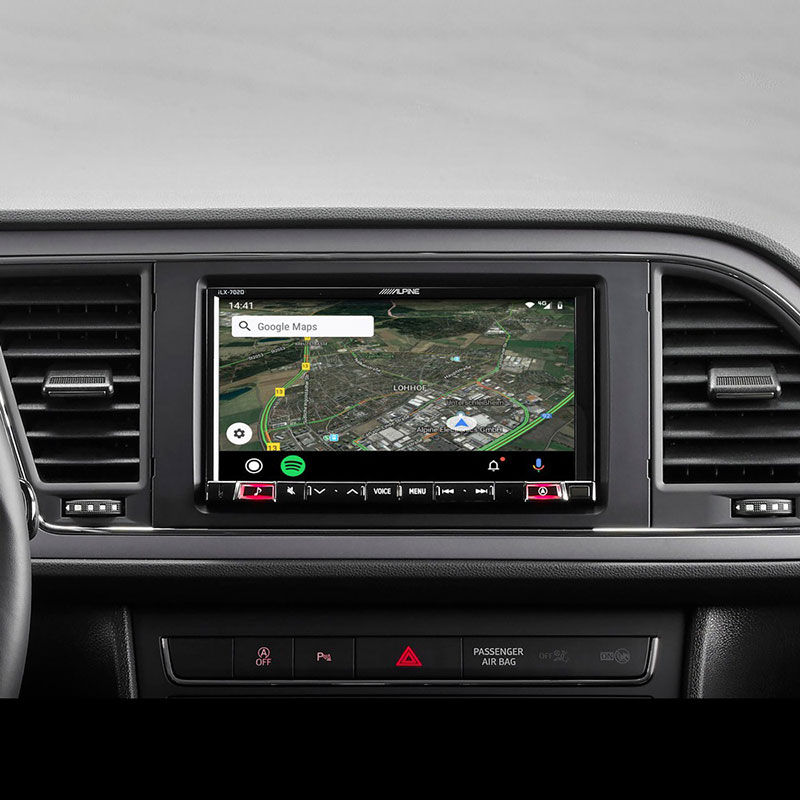
Is Audi A8 Trouble Code C10C800 Baffling You?
Contents
- 1. What Does the Audi A8 Trouble Code C10C800 Mean?
- 2. What are the Primary Symptoms Associated with Code C10C800 in an Audi A8?
- 3. What are the Common Causes Triggering the C10C800 Code?
- 4. How Can I Diagnose the C10C800 Error Code on an Audi A8?
- 5. What Tools and Equipment are Needed to Fix Code C10C800?
- 6. What are the Step-by-Step Instructions for Repairing the C10C800 Code on an Audi A8?
- 7. How Much Does It Typically Cost to Repair Code C10C800 on an Audi A8?
- 8. Can I Drive My Audi A8 with the C10C800 Code Active?
- 9. Are There Any Common Mistakes to Avoid When Fixing the C10C800 Code?
- 10. How Can AutoExplain.com Help Me Resolve the C10C800 Code on My Audi A8?
- FAQ: Audi A8 Trouble Code C10C800
- 1. What does the C10C800 code specifically indicate in an Audi A8?
- 2. Can a faulty air compressor cause the C10C800 error?
- 3. How do I check for air leaks in the Audi A8 air suspension system?
- 4. What is the role of height sensors in the air suspension system?
- 5. Can recalibrating the air suspension system fix the C10C800 code?
- 6. What diagnostic tools are recommended for reading and clearing the C10C800 code?
- 7. Is it safe to drive an Audi A8 with the C10C800 code active?
- 8. How often should I inspect the air suspension system on my Audi A8?
- 9. What are the signs of a failing valve block in the air suspension system?
- 10. Where can I get expert help for diagnosing and fixing the C10C800 code on my Audi A8?
The Audi A8 Trouble Code C10c800, indicating “Function Deactivation Active,” often points to issues within the air suspension system. Resolving this requires careful diagnostics, possibly recalibration, and a systematic approach to pinpoint the root cause of the problem and restore proper system functionality.
1. What Does the Audi A8 Trouble Code C10C800 Mean?
The Audi A8 trouble code C10C800 signifies “Function Deactivation Active,” which commonly relates to the air suspension system. This code suggests the system has been deactivated, often due to detected faults, preventing it from operating correctly.
- Air Suspension System: This system uses air struts instead of traditional coil springs to provide a comfortable ride and adjustable ride height.
- Function Deactivation: When the system detects a fault, such as sensor issues, leaks, or compressor problems, it may deactivate certain functions to prevent further damage.
- Common Causes: Issues range from faulty height sensors and air leaks to compressor malfunctions and control module problems.
2. What are the Primary Symptoms Associated with Code C10C800 in an Audi A8?
When the Audi A8 displays the C10C800 code, several symptoms can manifest, affecting the vehicle’s handling and ride quality. Identifying these symptoms early can aid in effective troubleshooting.
- Uneven Ride Height: The car may sit lower on one side or at one end, indicating an imbalance in the air suspension system.
- System Warning Lights: The air suspension warning light or a general suspension fault indicator on the dashboard might illuminate.
- Ride Height Adjustment Issues: The car may fail to adjust its ride height when commanded, or it might adjust erratically.
- Compressor Problems: The air suspension compressor might run excessively, fail to start, or produce unusual noises.
- Error Messages: The infotainment system or diagnostic tool may display messages related to suspension faults.
3. What are the Common Causes Triggering the C10C800 Code?
Several factors can trigger the C10C800 code in an Audi A8. Understanding these can help in a more targeted diagnostic approach.
- Faulty Height Sensors: These sensors measure the distance between the car’s body and the wheels. If they provide incorrect readings, the system may deactivate.
- Air Leaks: Leaks in the air struts, lines, or valve block can cause the system to lose pressure and trigger the fault.
- Compressor Failure: A worn or failing compressor may not provide enough air pressure to maintain the correct ride height.
- Valve Block Issues: The valve block controls the distribution of air to the struts. A malfunctioning valve can cause uneven height or system deactivation.
- Control Module Problems: The air suspension control module may have software glitches or hardware failures that lead to system errors.
- Wiring and Connections: Damaged or corroded wiring and connectors can disrupt the signals between components.
- Calibration Issues: Improper calibration of the air suspension system can cause it to misinterpret sensor data.
4. How Can I Diagnose the C10C800 Error Code on an Audi A8?
Diagnosing the C10C800 error code requires a systematic approach to pinpoint the exact cause. Here’s a step-by-step guide:
-
Initial Scan: Use a diagnostic tool like VCDS or OBDeleven to read all stored fault codes.
-
Visual Inspection:
- Air Struts: Check for visible signs of damage or wear.
- Air Lines: Inspect for cracks, leaks, or loose connections.
- Compressor: Listen for unusual noises and check the compressor’s condition.
- Height Sensors: Ensure they are properly mounted and undamaged.
-
Height Sensor Testing:
- Use the diagnostic tool to read the real-time data from each height sensor.
- Compare the readings to the specified values.
- Manually move the suspension and observe the sensor readings for consistency.
-
Leak Testing:
- Use a soapy water solution on air line connections and struts to check for leaks.
- Listen for hissing sounds indicating escaping air.
- Use a smoke machine to introduce smoke into the system and identify leak points.
-
Compressor Testing:
- Check the compressor’s relay and fuse.
- Monitor the compressor’s operation using the diagnostic tool.
- Test the compressor’s output pressure using a gauge.
-
Valve Block Testing:
- Use the diagnostic tool to activate each valve individually.
- Listen for proper operation and check for air distribution.
- Inspect the valve block for corrosion or damage.
-
Wiring and Connections:
- Inspect all wiring and connectors associated with the air suspension system.
- Check for corrosion, damage, and loose connections.
- Use a multimeter to test the continuity and voltage of the wiring.
-
Control Module:
- Check the control module for proper power and ground.
- Look for signs of physical damage or corrosion.
- Attempt to communicate with the module using the diagnostic tool.
-
Calibration:
- Use the diagnostic tool to perform a ride height calibration.
- Ensure the vehicle is on a level surface during calibration.
- Follow the manufacturer’s instructions for the calibration procedure.
5. What Tools and Equipment are Needed to Fix Code C10C800?
Having the right tools and equipment is crucial for effectively diagnosing and repairing the C10C800 code.
- Diagnostic Tool: VCDS, OBDeleven, or equivalent for reading fault codes and accessing system data.
- Multimeter: For testing electrical circuits and components.
- Socket Set and Wrenches: For removing and installing components.
- Soapy Water Solution: For leak testing.
- Smoke Machine: For identifying air leaks.
- Air Pressure Gauge: For testing compressor output.
- Wiring Repair Kit: For repairing damaged wiring and connectors.
- Scan Tool: Advanced scan tools can provide live data and perform specific tests.
6. What are the Step-by-Step Instructions for Repairing the C10C800 Code on an Audi A8?
Repairing the C10C800 code involves addressing the root cause identified during the diagnostic process. Here are detailed steps for common issues:
-
Replacing a Faulty Height Sensor:
- Disconnect the electrical connector from the sensor.
- Remove the mounting hardware.
- Install the new sensor and secure it with the mounting hardware.
- Reconnect the electrical connector.
- Use the diagnostic tool to calibrate the new sensor.
-
Repairing Air Leaks:
- Locate the source of the leak using soapy water or a smoke machine.
- If the leak is at a connection, tighten or replace the fitting.
- If the leak is in an air line, replace the damaged section or the entire line.
- If the leak is in an air strut, consider replacing the strut.
-
Replacing a Failing Compressor:
- Disconnect the electrical connector and air lines from the compressor.
- Remove the mounting hardware and take out the old compressor.
- Install the new compressor and secure it with the mounting hardware.
- Reconnect the electrical connector and air lines.
- Test the new compressor’s operation and check for leaks.
-
Addressing Valve Block Issues:
- Disconnect the electrical connectors and air lines from the valve block.
- Remove the mounting hardware and take out the old valve block.
- Install the new valve block and secure it with the mounting hardware.
- Reconnect the electrical connectors and air lines.
- Use the diagnostic tool to test the new valve block.
-
Fixing Wiring and Connection Problems:
- Inspect the wiring and connectors for damage or corrosion.
- Repair or replace any damaged wiring.
- Clean corroded connectors and apply dielectric grease.
- Ensure all connections are secure and properly seated.
-
Recalibrating the Air Suspension System:
- Ensure the vehicle is on a level surface.
- Use the diagnostic tool to access the air suspension control module.
- Follow the prompts to perform a ride height calibration.
- Verify the ride height at each wheel is within the specified range.
7. How Much Does It Typically Cost to Repair Code C10C800 on an Audi A8?
The cost to repair the C10C800 code can vary widely depending on the underlying issue and the parts needed.
- Height Sensor Replacement: $200 – $500 per sensor (including labor).
- Air Leak Repair: $100 – $400 (depending on the location and severity).
- Compressor Replacement: $500 – $1200 (including labor).
- Valve Block Replacement: $300 – $800 (including labor).
- Wiring Repair: $100 – $300 (depending on the extent of the damage).
- Control Module Replacement: $500 – $1500 (including programming).
These are rough estimates, and the actual cost can vary based on your location, the specific shop, and the parts used.
8. Can I Drive My Audi A8 with the C10C800 Code Active?
Driving with the C10C800 code active is not recommended. The deactivated air suspension can lead to:
- Compromised Handling: Reduced stability and control, especially at higher speeds.
- Uneven Tire Wear: Due to the incorrect alignment and weight distribution.
- Further System Damage: Continuing to drive with a faulty system can exacerbate the problem and lead to more costly repairs.
It’s best to have the vehicle inspected and repaired as soon as possible to avoid further issues.
9. Are There Any Common Mistakes to Avoid When Fixing the C10C800 Code?
When addressing the C10C800 code, avoid these common mistakes:
- Ignoring Basic Checks: Overlooking simple issues like blown fuses or loose connections.
- Replacing Parts Without Diagnosing: Replacing components without properly diagnosing the root cause can lead to unnecessary expenses.
- Skipping Calibration: Failing to calibrate the system after replacing sensors or other components.
- Using Low-Quality Parts: Using aftermarket parts that do not meet OEM specifications can cause further problems.
- Neglecting Wiring Issues: Overlooking damaged or corroded wiring can lead to intermittent problems.
- Improper Installation: Not following the manufacturer’s instructions during installation can damage new components.
10. How Can AutoExplain.com Help Me Resolve the C10C800 Code on My Audi A8?
At AutoExplain.com, we offer expert remote diagnostic and programming services to help you resolve the C10C800 code efficiently. Our services include:
- Remote Diagnostics: Our experienced technicians can remotely connect to your vehicle to perform advanced diagnostics and pinpoint the exact cause of the error.
- Software Updates and Programming: We can provide software updates and programming for your air suspension control module to address software glitches or compatibility issues.
- Step-by-Step Guidance: We offer detailed, step-by-step instructions and technical support to guide you through the repair process.
- Expert Advice: Our team of automotive experts can provide valuable insights and recommendations to help you resolve complex issues.
Don’t let the C10C800 code keep your Audi A8 off the road. Contact AutoExplain.com today via WhatsApp at +1(936)2896695 or email us at [email protected] for professional assistance. Our office is located at 1500 N Grant ST Sten Denver, CO 80203. Visit our website, AutoExplain.com, to learn more about our services and how we can help you keep your vehicle running smoothly.
FAQ: Audi A8 Trouble Code C10C800
1. What does the C10C800 code specifically indicate in an Audi A8?
The C10C800 code in an Audi A8 indicates “Function Deactivation Active” within the air suspension system, meaning the system has been temporarily disabled due to a detected fault or issue.
2. Can a faulty air compressor cause the C10C800 error?
Yes, a faulty air compressor that cannot maintain the required pressure can cause the C10C800 error by triggering the system to deactivate.
3. How do I check for air leaks in the Audi A8 air suspension system?
You can check for air leaks by applying a soapy water solution to the air struts, lines, and connections, or by using a smoke machine to identify leak points.
4. What is the role of height sensors in the air suspension system?
Height sensors measure the distance between the vehicle’s body and the wheels, providing data to the control module to maintain proper ride height and balance.
5. Can recalibrating the air suspension system fix the C10C800 code?
Yes, recalibrating the air suspension system can fix the C10C800 code if the issue is related to incorrect sensor data or calibration settings.
6. What diagnostic tools are recommended for reading and clearing the C10C800 code?
Diagnostic tools like VCDS and OBDeleven are recommended for reading and clearing the C10C800 code, as well as accessing system data and performing calibrations.
7. Is it safe to drive an Audi A8 with the C10C800 code active?
No, it is generally not safe to drive an Audi A8 with the C10C800 code active, as the deactivated air suspension can compromise handling and stability.
8. How often should I inspect the air suspension system on my Audi A8?
It’s recommended to inspect the air suspension system at least annually or during regular maintenance checks to identify potential issues early.
9. What are the signs of a failing valve block in the air suspension system?
Signs of a failing valve block include uneven ride height, failure to adjust ride height, and error messages related to suspension faults.
10. Where can I get expert help for diagnosing and fixing the C10C800 code on my Audi A8?
You can get expert help from AutoExplain.com, offering remote diagnostic and programming services, along with step-by-step guidance and expert advice. Contact us via WhatsApp at +1(936)2896695 or email us at AutoExplain[email protected].


How to Deactivate ESC in Volkswagen, Audi, Skoda, or SEAT

Mercedes Benz ‘Service Brake Visit Workshop’ Warning? Here’s What Dealers Don’t Tell You!

How to Perform Seat Navigation Update? – A Comprehensive Guide for Technicians






